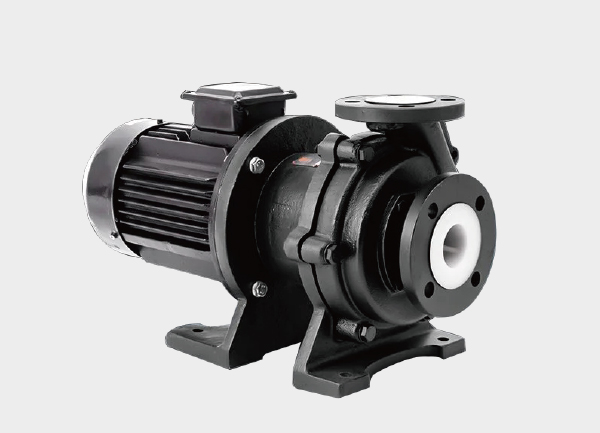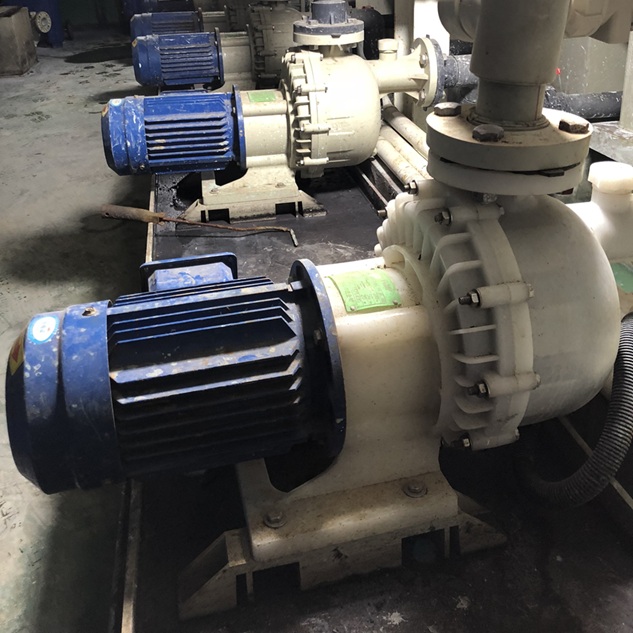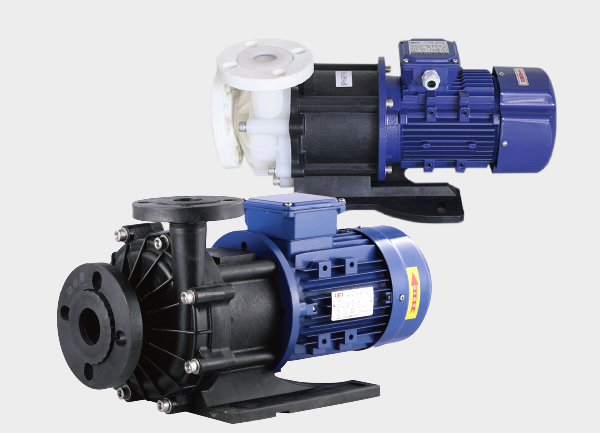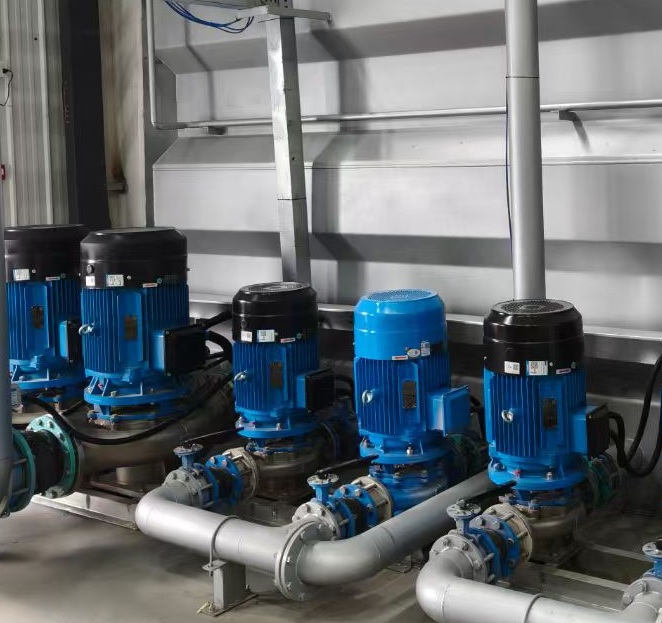In chemical plants, electroplating workshops, wastewater treatment stations or laboratories, we often come across some “temperamental” liquids – either strong acids that can easily burn the skin, or strong bases with intense corrosiveness. Safely and efficiently transferring these dangerous liquids is a highly challenging task. At this point, a behind-the-scenes hero steps in – it is the acid and alkali self-suction pump.
It is like a professional “industrial cleaner”, not only not afraid of the “bad temper” of these corrosive substances, but also possessing a unique skill: self-suction. Today, let’s uncover the mysterious face of this “hardcore cleaner”.

What is “self-suction”? Why is it so important?
Imagine that you use a straw to drink a beverage. First, you need to exert force to suck in a mouthful of liquid, allowing it to fill the straw, and then you can smoothly drink it. The same is true for ordinary water pumps. Their impellers need to be submerged in the liquid to work, this is called “suction”.
However, the self-suction pump is like a “self-powered suction tube”. Before starting, only a small amount of liquid (called “filling”) needs to be stored in the pump body. After starting, it can use this small amount of filling to form a low-pressure area in the pump chamber, like a vacuum, and “suck” the liquid from below the pump position through the pipeline, then start normal transportation work.
The value of this skill is huge:
Flexible and convenient: The pump can be installed above the liquid level, without having to immerse it in the tank every time, avoiding the trouble and potential danger of transporting heavy pump bodies.
Safe and efficient: When dealing with corrosive liquids, placing the pump in an open area is more convenient for operation, maintenance and monitoring, greatly enhancing safety.
Responding to emergencies: For water accumulation in depressions, ship cabins, etc., the self-suction function is particularly crucial.
The mystery of “acid and alkali resistance”: How does it “remain unscathed by all poisons”?
Facing acid and alkali liquids that can “devour” metal, ordinary cast iron pumps may not last long before becoming full of holes. The “unbreakable body” of the acid and alkali self-suction pump is mainly attributed to the special materials used in its core components.
Engineering plastics (such as PP, PVDF, FRPP):
Polypropylene (PP): Resistant to most acid, alkali and salt solutions, with low cost, it is a common choice for handling normal temperature, medium and low concentration corrosive liquids.
Polyvinylidene fluoride (PVDF): This is the true “corrosion-resistant star”! It has excellent resistance to strong acids (such as concentrated sulfuric acid, nitric acid), strong bases, halogens and organic solvents, and has high mechanical strength and better temperature resistance (up to above 90℃). It can be understood as the “Teflon” in the pump world.
Stainless steel (such as 304, 316L):
It has certain corrosion resistance to oxidizing acids (such as nitric acid), but performs poorly when exposed to reducing acids like hydrochloric acid and sulfuric acid. 316L stainless steel, due to the addition of molybdenum, has stronger resistance to pitting corrosion and a wider range of applications.
Sealing Technology – The Safeguarding Line of Life:
The sealing between the rotating part (the shaft) and the stationary part (the pump body) of the pump is of vital importance. Acid and alkali resistant pumps usually employ mechanical seals, whose friction pairs are made of ultra-hard and corrosion-resistant materials such as silicon carbide and ceramics. This ensures that not a single drop of corrosive liquid will leak, safeguarding both personnel and the environment.
In simple terms, choosing an acid and alkali resistant pump is essentially “tailoring” a protective coat that the pump “can’t bite through” for a specific corrosive liquid.
Core application scenarios: Where do they shine?
This “cleaning agent” can be found everywhere:
Electroplating and surface treatment: Transporting various acidic and alkaline electroplating solutions and cleaning wastewater.
Chemical and pharmaceutical industries: Safely transferring various corrosive raw materials, intermediates, and wastewater in complex production processes.
Environmental wastewater treatment: Treating industrial wastewater with extremely fluctuating pH values and laboratory waste liquids.
Laboratories: Safely and precisely transferring chemical reagents used in experiments.
Metal processing: Handling corrosive liquids in processes such as acid washing and phosphating.
How to choose the right acid and alkali resistant self-priming pump?
To select the right pump, it is necessary to ask several key questions like a doctor would during a consultation:
What kind of medium is being transported? (This is the most important!)
What specific acid or alkali is it? What is the concentration? What is the temperature? Does the liquid contain fine particles (the size and hardness of the particles)? These directly determine the selection of the pump body material.
What are the requirements for the working conditions?
Flow rate and head: What is the required conveying capacity (in cubic meters per hour)? Where and to what height do you need to transport the liquid?
Self-priming height and time: What is the vertical distance between the liquid surface and the pump’s inlet? How long does it take to draw in the liquid?
Other special requirements:
Is explosion-proofing necessary? Are there any specific requirements for the working environment?
Are there any particular expectations regarding noise and maintenance frequency?
Remember: In cases of uncertainty, it is essential to consult a professional pump supplier or engineer and provide detailed information about the medium to ensure that the selection is absolutely correct.
Conclusion
The acid and alkali resistant self-priming pump, this seemingly simple industrial equipment, is actually an indispensable guardian in modern industrial safety production. With its unique “self-priming” convenience and powerful “corrosion resistance” strength, it quietly works in the challenging corrosive environment, eliminating dangers and inconveniences “out of sight”. Understanding its working principle and selection criteria enables us to utilize it better, and also adds a sense of respect for the precision and rigor of modern industry.







